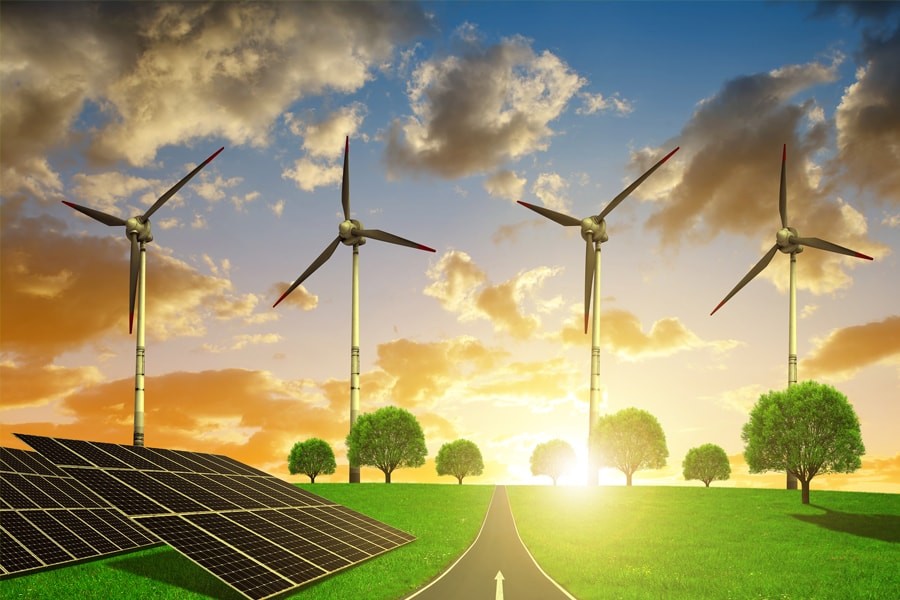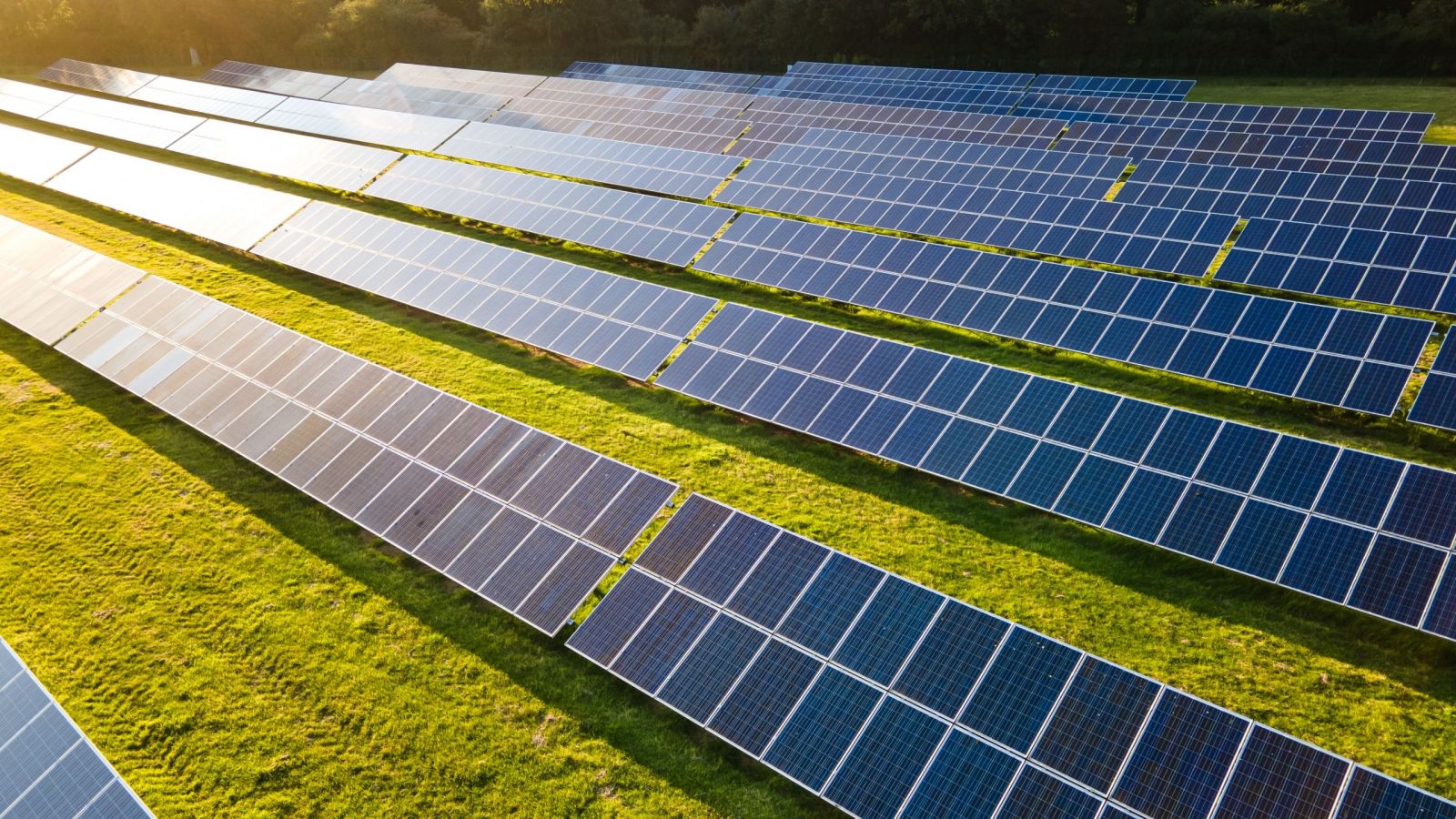What is the role of aluminium in clean energy transitions?
Why is aluminum important?
Aluminum is both an important input to several technologies critical to the energy transition, and a significant source of CO2. Direct emissions from the global aluminum sector have been steadily rising over the past decade, driven by increasing production, which is expected to continue expanding due to population and economic growth.

What is the role of aluminum in clean energy transitions?
Clean energy transitions will increase the demand for aluminum because many technologies require greater use of aluminum – for example, for lightweight vehicles and solar energy (which uses aluminum for various components). Given the considerable amount of electricity consumed in the aluminum subsector, decarbonizing its power sources would help reduce indirect emissions and is thus a key complement to reducing direct aluminum emissions.

Where do we need to go?
In the past few years, the average emissions intensity of aluminum production has seen only a slight downward trend. To get on track with the Net Zero Emissions by 2050 Scenario, the aluminum sector needs to develop and deploy new technologies to reduce emissions from primary and recycled production, while the industry and its customers need to increase scrap collection, sorting and recycling.
Green Aluminium
Green aluminum is currently produced by hydro-powered smelters. While there’s only a handful of partnerships between aluminum providers and consumer-goods companies, having this ‘green stamp’ is becoming a strong differentiator because there is a growing demand for ethical, low-carbon products. However, coming up with the best approach to produce green aluminum is keeping engineers on their toes. There’s no bolt-on solution. The right solution depends on local regulations and access to energy forms. Hydropower may work for some. But solar, wind, salt storage or hydrogen may work better for others. This means aluminum smelters will likely exist in more complex power networks.

There is potential to integrate electricity demand into stabilisation mechanisms, such as shell heat exchange for smelter power modulation. Pumped hydro storage is also a compelling option for large scale storage to facilitate high renewables uptake. For alumina refineries, on-site thermal energy storage can enable the use of renewables during oversupply and reduce demand during peak loads. But this is only one option. Imagine a refinery electrified through mechanical vapour recompression with a solar powered calciner. Imagine CO2 capture in residue being the new normal. Or perhaps as the cost of green hydrogen production falls, we will see it take its place as the link between transient renewables and base load refinery demand.
As demand increases, so will society’s expectations for ethical and sustainable practices. Unless aluminum can truly become a green metal, operators will struggle with their social licence to operate. Operators need to start paving their path to decarbonisation. And like any journey, timing is critical. The time is now to step up and take the lead. It’s the boldest, not the biggest, that will transform the aluminum industry of tomorrow.
Source: https://www.miningreview.com/energy/metal-of-choice-the-role-of-aluminium-in-energy-transition/


 Chia sẻ:
Chia sẻ: